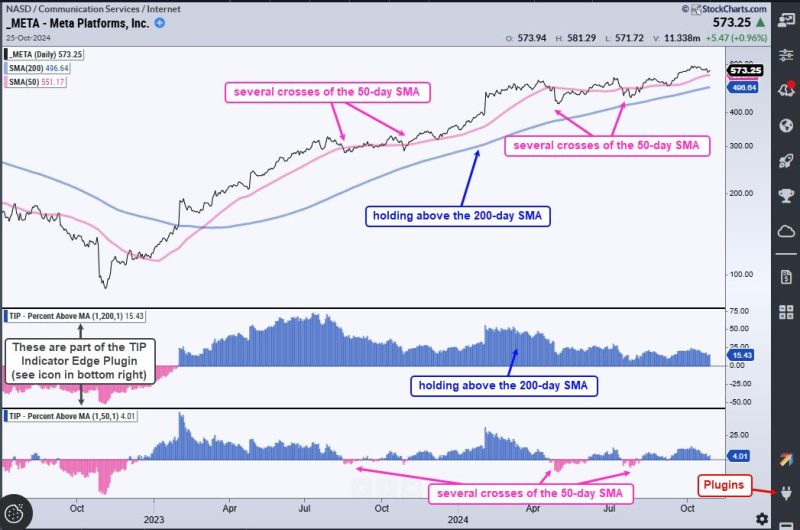Indicators play a crucial role in shaping the strategies of traders in the financial markets. They serve as valuable tools that provide insights into market trends and help in making informed decisions. In the world of trading, having an edge over others is paramount for success. By leveraging the right indicators, traders can enhance their edge and improve their overall performance. In this article, we will explore two key indicators that traders can utilize to sharpen their edge and boost their profitability.
Moving Averages:
Moving averages are popular indicators that smooth out price data to identify trends over a specific period. They help traders filter out noise in the market and focus on the underlying direction of the price movement. One common strategy is to use a combination of two moving averages, such as the 50-day and 200-day moving averages. The crossover of these moving averages can signal potential trend changes. For instance, a golden cross, where the 50-day moving average crosses above the 200-day moving average, is often viewed as a bullish signal, indicating a potential uptrend. On the other hand, a death cross, where the 50-day moving average crosses below the 200-day moving average, is considered bearish, signaling a possible downtrend. By incorporating moving averages into their analysis, traders can identify trend reversals and make well-timed entries and exits in the market.
Relative Strength Index (RSI):
The Relative Strength Index is a momentum oscillator that measures the speed and change of price movements. It oscillates between 0 and 100 and is used to identify overbought and oversold conditions in the market. When the RSI surpasses the 70 level, it indicates that an asset may be overbought, suggesting a potential pullback in price. Conversely, if the RSI falls below 30, it suggests that the asset may be oversold, signaling a possible reversal to the upside. By monitoring the RSI, traders can gauge the strength of a trend and anticipate price corrections or trend continuations. Combining the signals generated by the RSI with other technical analysis tools can enhance a trader’s edge and improve their decision-making process.
In conclusion, incorporating moving averages and the Relative Strength Index into trading strategies can provide traders with valuable insights into market trends and potential price movements. By understanding how to interpret these indicators and integrating them into their analysis, traders can sharpen their edge and increase their profitability. It is essential for traders to continuously refine their strategies, adapt to changing market conditions, and stay disciplined in their approach to trading. By leveraging the power of indicators, traders can navigate the complexities of the financial markets with confidence and precision.




























